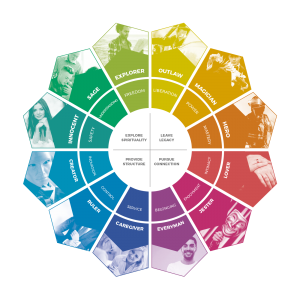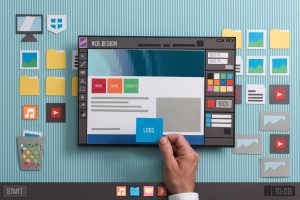Designers A lot of web designers choose to build their websites using the format they use most often, Flash, without even considering other options such as HTML, CSS or JavaScript.
Flash is one of the most popular formats among web designers because they think it has fewer browser compatibility problems and more user interface options than other formats. But does it really?
Benefits of Flash
Flash is a very powerful tool that allows web designers to create colorful, impressive looking sites that push the boundaries of multimedia. It also has a huge base, so it tends to be more compatible with a broader range of browsers than sites created using CSS.
And let’s face it: Flash lets web designers show off their stuff, impressing clients with the “wow factor” that keeps them on board with your web design.
Choosing the Right Format – Drawbacks of Flash
Yet Flash also has its downside. For example, sites created using Flash tend to rank lower on Google, Bing, Yahoo, and other search engines compared to sites built using HTML. Google’s algorithm still struggles when crawling through Flash sites.
Some web designers believe Flash sites also are less user-friendly than HTML or CSS sites. For example, Flash doesn’t let you highlight text for copy and pasting. You also can’t click the Back button to go back a page.
It’s also harder to increase font size and open links in new windows. So there’s often a price to pay in terms of navigation for the intuitive interface.
Mobility Is an Issue
But perhaps the biggest problem with Flash sites is that they are nearly unviewable on mobile devices such as smartphones. Unfortunately, this is the type of device most users today are using to access the content they want online.
So before you automatically choose Flash for your next web design, consider its drawbacks and benefits.




